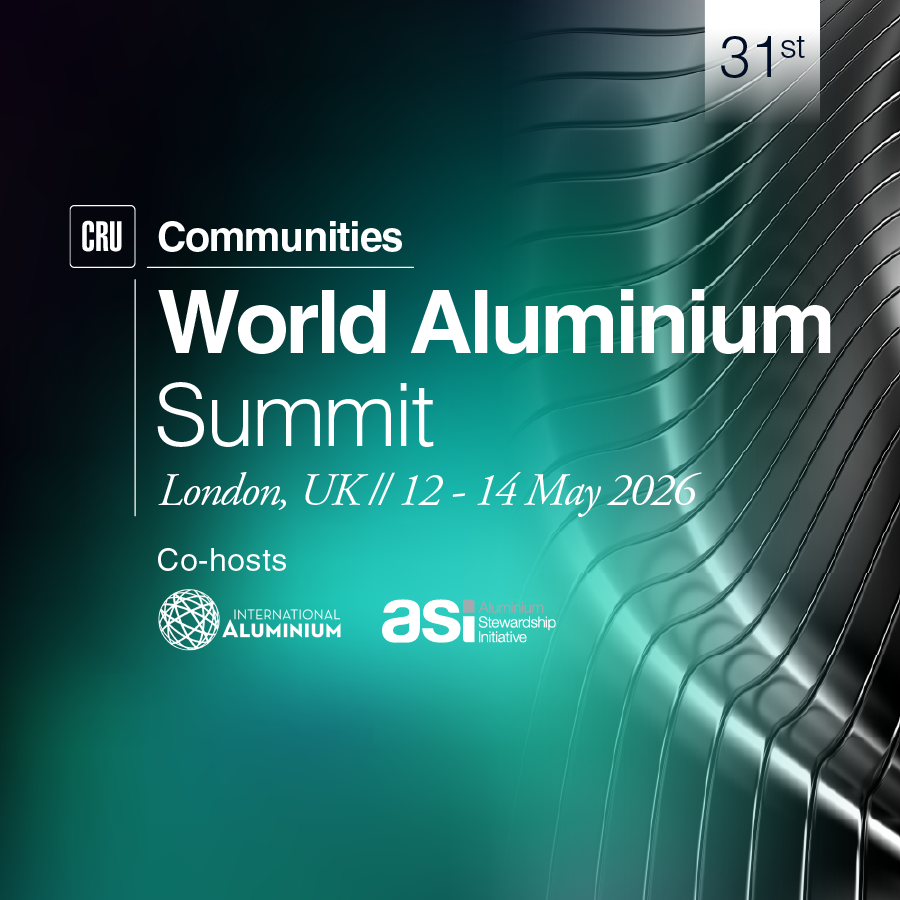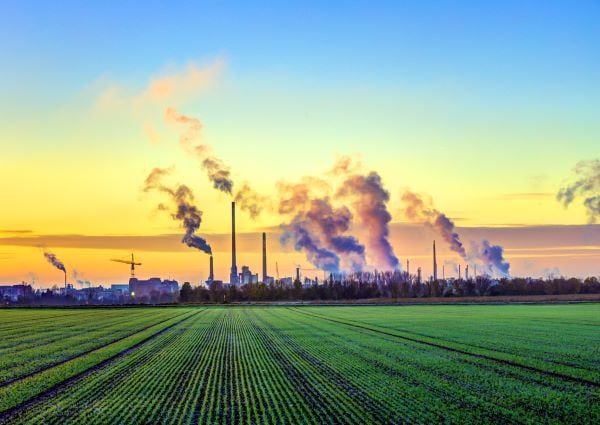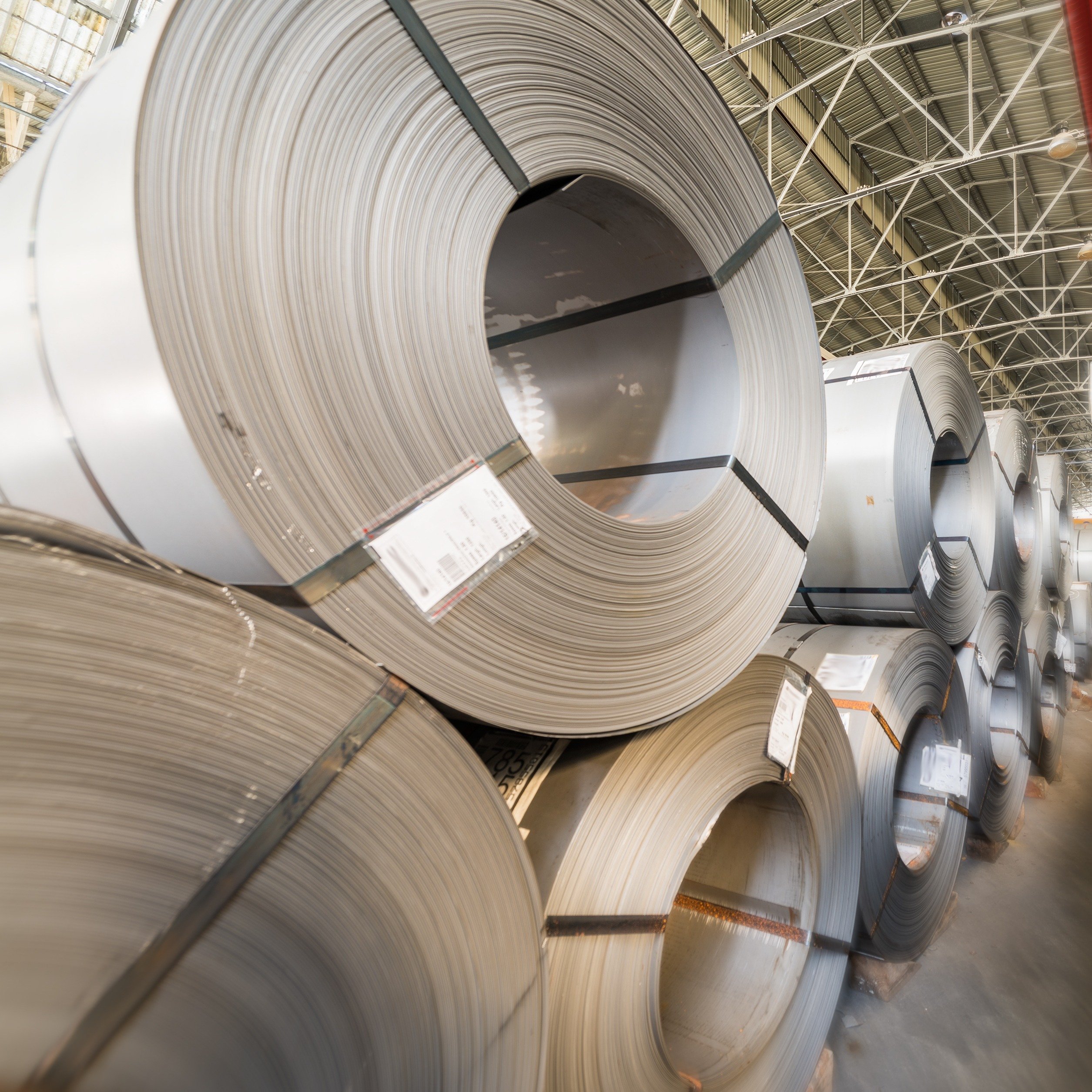CRU North America recently concluded a CRU conference as part of the Aluminum USA conference and exhibition on 28 May 2025. The event was well-attended, with participation across the aluminium value chain from rolling mill operators, primary and secondary market participants, equipment manufacturers and equity analysts. The following is a compilation of the key takeaways from the conference.
Uncertainty disrupts North American aluminium sector
The North American aluminium industry is navigating a period of deep strategic uncertainty, driven by rapid shifts in trade policy, power infrastructure constraints and supply chain vulnerabilities. The current environment is marked by:
- Significantly higher tariff regimes such as the now 50% Section 232 tariffs – including reciprocal tariffs, enforcement via IEEPA, carve-outs for allies like the UK and a 90-day enforcement moratorium tied to broader China negotiations. These policy fluctuations complicate capital allocation, sourcing decisions and compliance planning.
- Grid access constraints that pit aluminium smelters against AI-driven data centres, both competing for long-term power deals in an increasingly constrained energy landscape.
- End-market demand destruction is becoming a real risk, as elevated full-metal costs due to the massive escalation of Midwest premiums due to 50% aluminium tariffs and rising secondary metal costs flow downstream to OEMs – and ultimately to an already inflation-weary consumer.
- Scrap supply as a rising chokepoint, particularly with multiple large-scale rolling mills about to ramp up. The system’s ability to deliver clean, segregated scrap at scale is now a national industrial challenge.
- A call to action around public-private recycling investments, advanced sortation technologies and landfill recovery – all of which are essential to support circularity and long-term competitiveness in North America.
Trade policy volatility erodes investment confidence
With new 50% Section 232 tariffs in place, the broader trade landscape has grown more fragmented and unstable. Panellists noted the growing complexity posed by:
- Reciprocal tariff threats from trading partners
- 90-day moratoriums on enforcement to allow for diplomatic dialogue – most notably with China
- Selective carve-outs for allies, such as the UK, creating disparities in sourcing economics
- Overlapping definitions of origin under USMCA and AD/CVD rules, creating legal and financial ambiguity.
This unpredictable mix has eroded long-term confidence. Importers are under pressure to understand complex and often conflicting rules around country of origin, classification and raw material sourcing especially in aluminium, where a product could qualify for USMCA preferences but could still trigger anti-dumping duties. This has driven a shift towards more rigorous due diligence and documentation to mitigate legal and financial exposure.
Without such stability or nuance, the current tariff regime risks amplifying cost inflation, distorting downstream supply chains, and ultimately leading to demand destruction—especially in OEM sectors already navigating softening consumer sentiment and margin pressure. These developments underscore that trade policy is no longer just about cost—it’s about reliability, legality, and long-term competitiveness.
All agreed that Section 232 is here to stay and there will be limited exclusions unless part of a larger trade deal. If anything, Section 232 will likely continue to expand now that the inclusion portal is open, and the administration keeps an eye out for imports moving further downstream.
Aluminium smelters are on a collision course with other power users
US aluminium smelters, constrained by labour shortages and legacy assets, also now face heightened power competition. While not new, this challenge has historically stemmed from regional utility pressures and municipal priorities. The difference today is the scale and sophistication of the competition, as energy-hungry data centres increasingly dominate grid access and long-term power contracting – escalating the pressure on smelters.
The explosive growth of AI data centres, crypto mining and cloud infrastructure is straining electricity supply in key regions like Kentucky, Texas and the Pacific Northwest. These digital assets have faster return on investment (ROI) and often secure long-term, subsidised power contracts – placing aluminium smelters at a disadvantage.
President Trump’s Section 232 aluminium tariffs were originally justified on national security grounds – to ensure domestic production of strategic metals like aluminium. However, in practice, power scarcity may undo tariff protectionism, especially if utilities and state governments prioritise high-margin tech customers over energy-intensive metal production. Speakers including the Aluminium Association and EGA America pointed to possible pathways – industrial carve-outs in power allocation, captive natural gas turbines and longer-term deployment of nuclear energy. Still, all agreed that a coherent national energy strategy is essential to avoid bottlenecks between industrial policy and digital expansion.
This dynamic also casts a spotlight on the Section 45X tax credit, which provides incentives for domestic clean energy-related production, including aluminium. 45X originally had no set end date, but the administration has proposed sunsetting in either 2028 or 2030 as part of President Trump’s recent One Big, Beautiful Bill. At first glance, this is counterintuitive to supporting new domestic aluminium production – however, commentary on the panels suggested the administration is looking to move away from tax credits towards more tariffs instead.
CRU estimates US primary aluminium output was ~680 kt in 2024, the lowest annual production since 1950, and equivalent to roughly 15% of domestic consumption. Only four smelters remained in operation by the end 2024, down from 23 at the start of the millennium.
OEMs and investors brace for demand destruction
The ongoing tariff escalation – particularly the increase in Section 232 duties from 25% to 50% on steel and aluminium – is pushing the Midwest transaction price higher, inflating the baseline cost of aluminium across the supply chain. These cost increases are, in turn, passed along to the OEMs. Auto OEMs are already facing a swath of additional auto import tariffs on parts and components and will likely to pass the additional cost on to their end consumer. Additionally, logistical friction, compliance related costs and sourcing complexity are further compounding cost pressures.
Panellists warned that if these cost pressures ultimately reach end consumers, particularly in an inflation-sensitive environment, demand destruction could become a real risk. This is especially true in non-essential durable goods sectors and price-sensitive packaging formats. The potential benefit to US primary production must be weighed against a broader economic hit across industrial supply chains.
Scrap strategy should be a national priority
One of the clearest takeaways from the conference was that US scrap infrastructure is not ready for the scale of demand now coming online. Scrap aluminium – especially UBCs – was consistently cited as the most immediate lever for reducing US import reliance, yet the gap between potential and reality remains wide. National UBC recycling rates remain stuck around 43%, and the volume of landfilled cans could theoretically offset up to 25% of primary aluminium imports. With two major rolling mills preparing to ramp up, the system needs significantly more UBC (used beverage cans) and clean secondary scrap – but the current ecosystem is ill-equipped to supply it.
Interestingly, the market appears to be responding in its own way – new Q1 data from Global Trade Tracker (GTT) shows that US aluminium scrap exports fell by 45%, while imports rose by 31%. This reversal is likely driven by higher Midwest transaction prices (MWT) and stronger domestic scrap values, which reduce economic incentive to export and entice more material into the US market. While these price signals are encouraging, they are not a substitute for structural investment.
Recycling infrastructure remains vulnerable, with material recovery facilities (MRFs) prone to fires, aging processing lines and insufficient curb side collection. Traditional fixes like bottle deposit schemes or voluntary commitments are not enough. Several panellists called for public-private partnerships to drive modernisation – including robotic sorters, fire mitigation upgrades and landfill harvesting programs.
Landfill harvesting was flagged as a strategic opportunity, with vast untapped UBC tonnage buried in North American landfills. Yet its uptake is slow due to uncertain ROI, permitting friction, and lack of clear melt specs from rolling mills.
At the same time, global scrap dynamics are shifting, Europe is actively looking to curb exports, and China is sourcing more aggressively post-2024 by relaxing its scrap requirements. North America’s historical role as a scrap exporter may need to change. A domestic circular loop – enabled by sortation technology, processor alignment and OEM demand for recycled content – may become the new competitive frontier.
Advanced sorting – the next bottleneck and opportunity
Even if scrap supply improves, utilisation depends on one critical enabler – sorting precision. Today’s infrastructure is ill-equipped to meet the alloy-specific demands of billet casters and rolling mills targeting autobody sheet, packaging and common alloy markets. The ability to separate cast vs. wrought alloys and isolate magnesium-rich fractions is now central to achieving feedstock quality.
Emerging AI-driven sortation systems offer a path forward but require scale and capital. Their importance will grow as aluminium-intensive vehicles like the Ford F-150 reach end-of-life, contributing higher volumes of wrought-content obsolete scrap. This stream could become essential if properly captured and processed but remains at risk of downcycling without technological advancement.
If you'd like to learn more about the copper market and dynamics, you can find out more about CRU's services here or request a demo here.
















